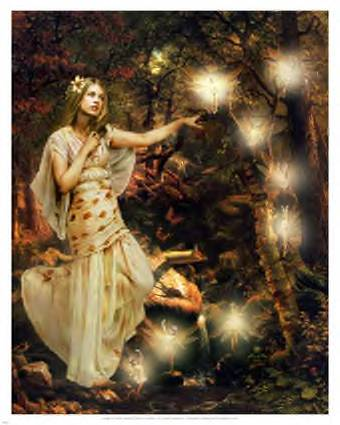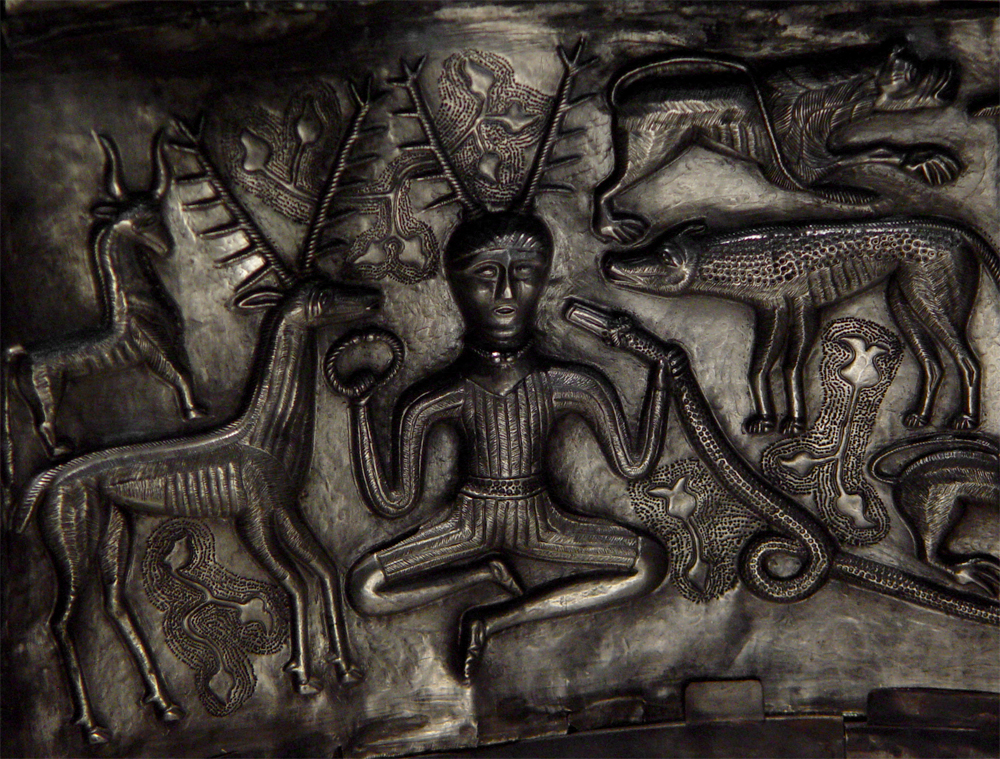If there is one thing that you must understand about Druidry, it is there connection to and reverence for Nature. This is the common theme that connects all Neo-Pagan religions, but without grasping the magnitude of this, you will not be able to learn anything more about Druidry. I think that understanding this reverence for Nature is key because it is part of the key to Druidry: Druids are seeking a greater connection to Nature and their roots in a time of great technological advancement, ecological devastation, self-isolation, and greed. This is not the only important part of Druidry, but I believe that this is a major reason why Neo-Paganism came around, and I think that it can be clearly seen through their connection to Nature. Luckily, this shouldn't be a very difficult concept to wrap your mind around, but it is important because all Druidic philosophies and practices are based around this connection to Nature.
Druids base all of their holidays, celebrations, and philosophies on this connection that they feel to Nature, and the reverence that they feel for it. Many Druids are avid environmentalists and stress eco-friendly approaches to life in their own lives as well as encouraging others to do so. Most Druids try to spend as much time out-of-doors as possible, and generally seem to take delight in the company of other animals.
The Druids see all of life as a web, i.e. the Web of Life. This is not an uncommon view, and perhaps the only possible difference is that the Druids not only see this web as connecting humankind, but also every creature, stone, river, tree, cloud, etc. They see this web as connecting every natural thing. They believe that with everything that you do, whether good or bad, it affects everything else in the world and/or universe. It also a common view that this web connects everything to divinity, in whatever way each Druid sees it.
Ideas about divinity are extremely diverse in Druidry, although most Druids share some sort of belief in pantheism (the idea that divinity is immanent in the Earth) or panentheism (the same as pantheism, except that distinct Gods and Goddesses are also included and are generally seen as somewhat transcendent). There are monotheistic Druids who believe in only on God or Goddess, or one deity who encompasses both masculine and feminine attributes, duotheistic Druids who believe in two distinct deities, generally one masculine God and one feminine Goddess, and polytheistic Druids who believe in many Gods and Goddesses. There are Druids who believe in no sentient God or Goddess, but some other sort of divine source (often a pantheistic view), and it's possible to even have a Druid who does not believe in any sort of divinity, but still holds a lot of the Druidic teachings close. Many Druids will take on a combination of the aforementioned views.
 |
| Aine of Knockaine is a Celtic deity often revered as both a Goddess and the Queen of the Faeries. |
What I want you to walk away with here is an understanding that the Druids build their entire life and set of philosophies around Nature. It affects the what they believe and the way that they see the world around them.
The Earth is a very spiritual realm for the Druids, but there are two other realms which are also extremely important: The Three Realms.


No comments:
Post a Comment